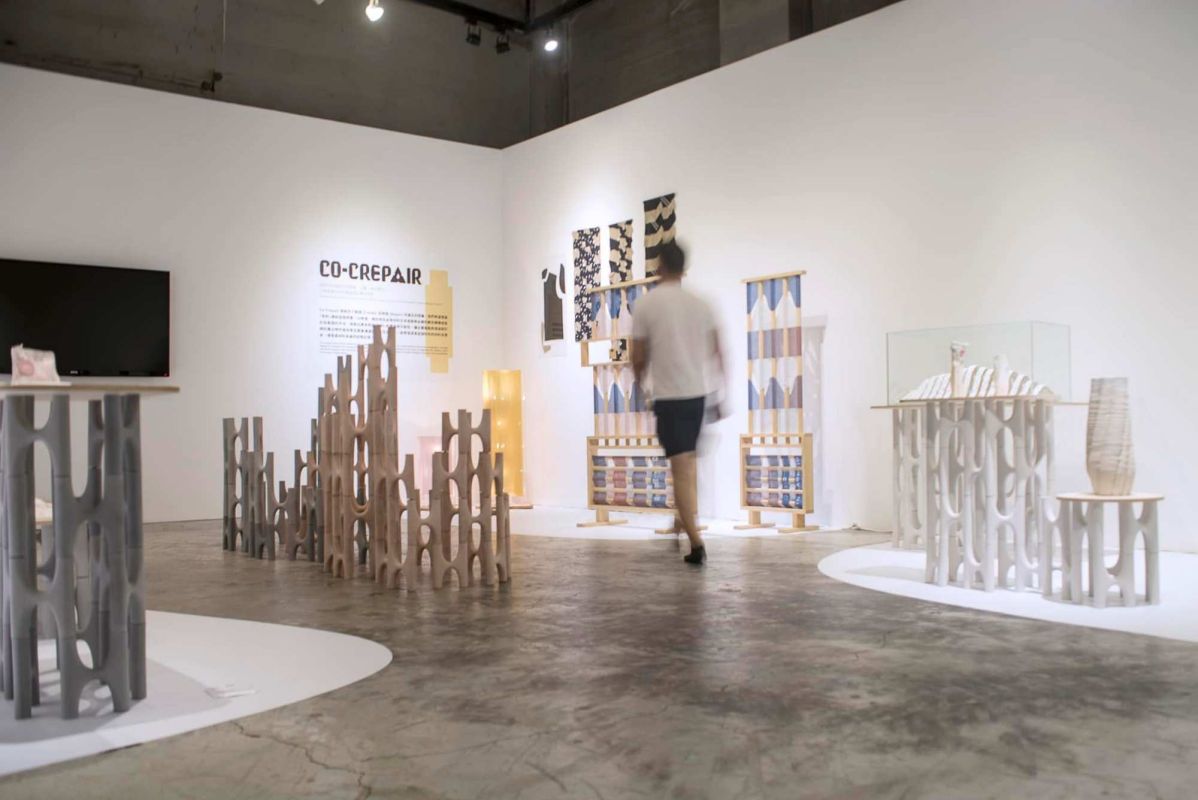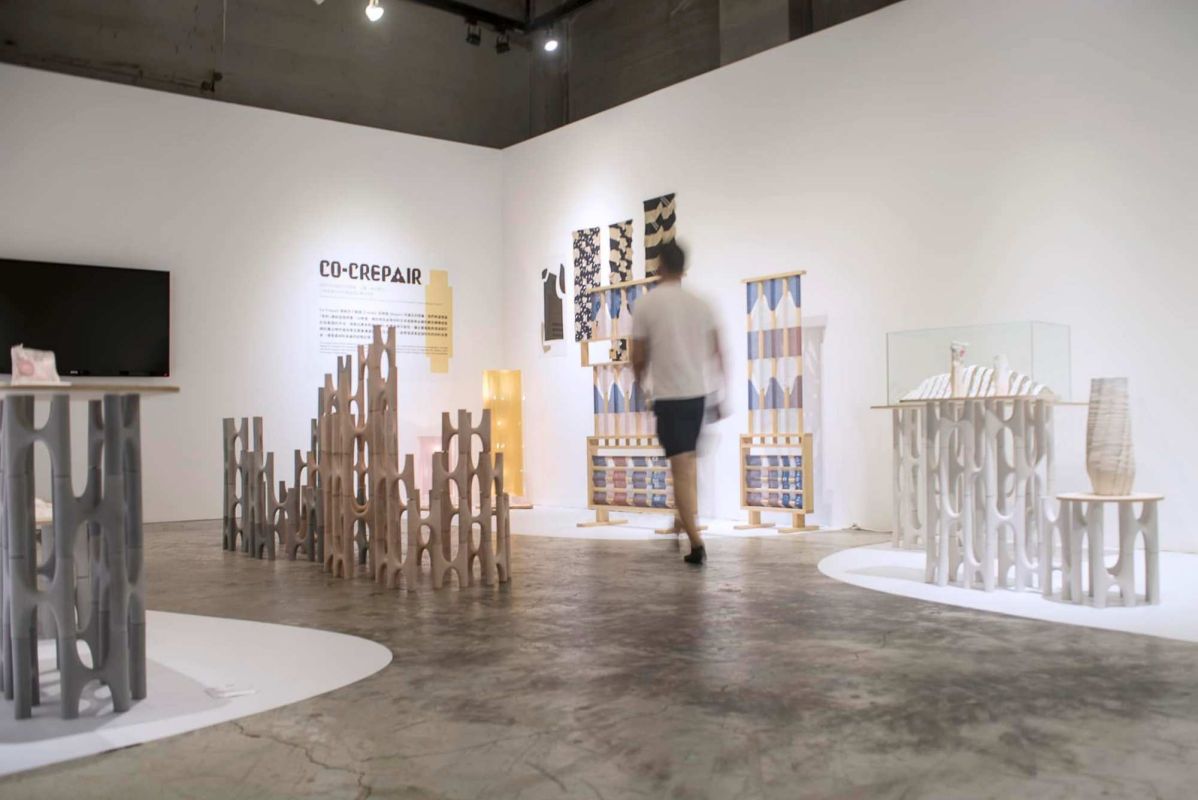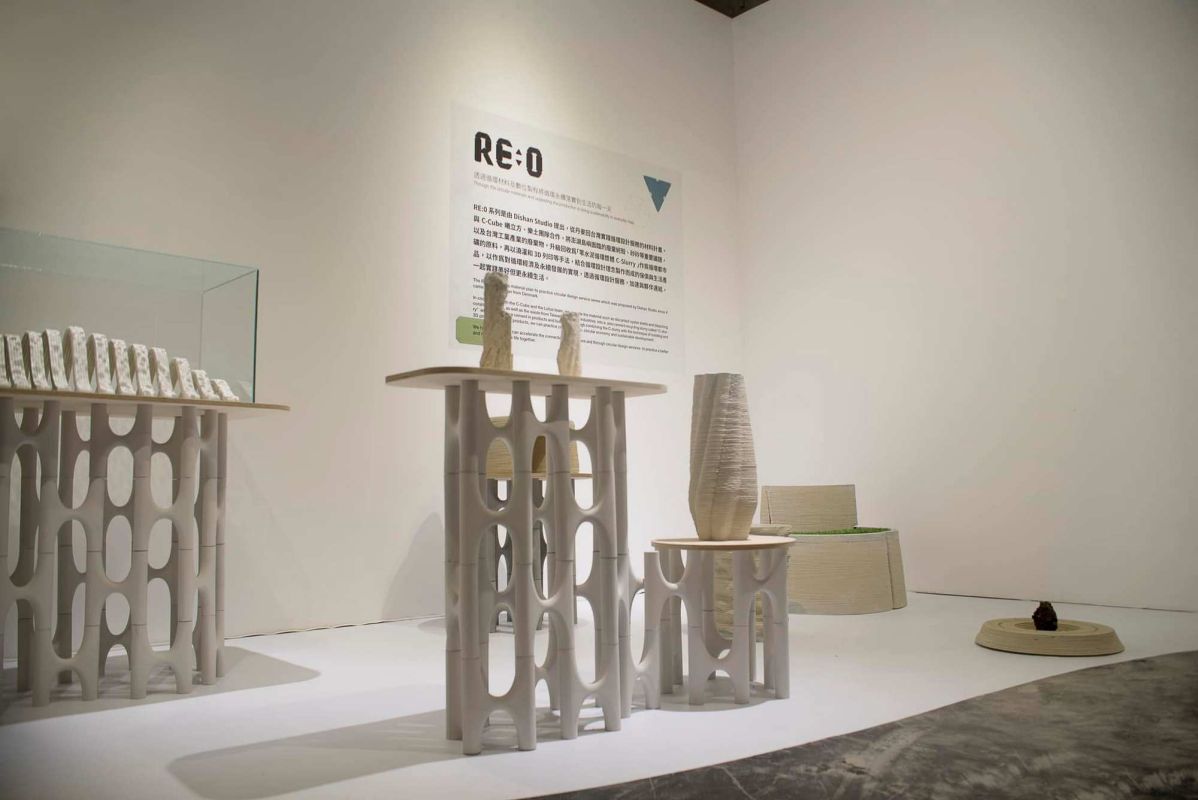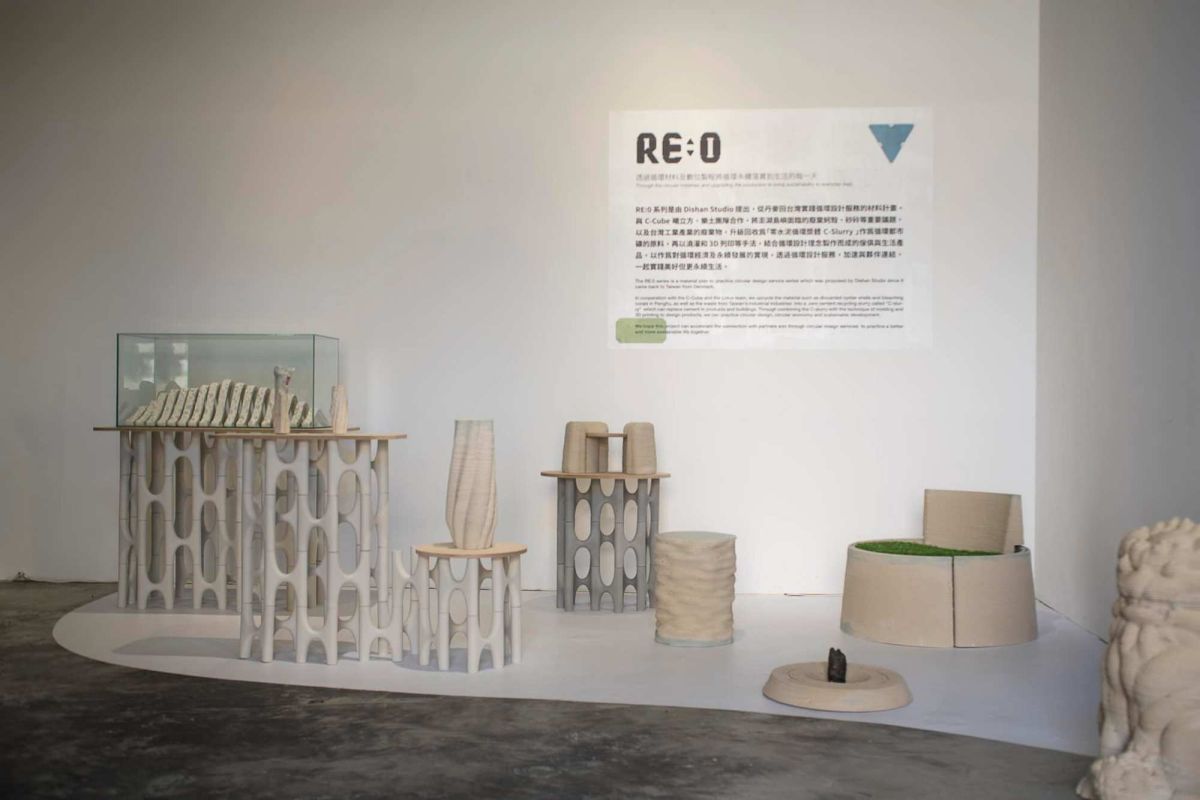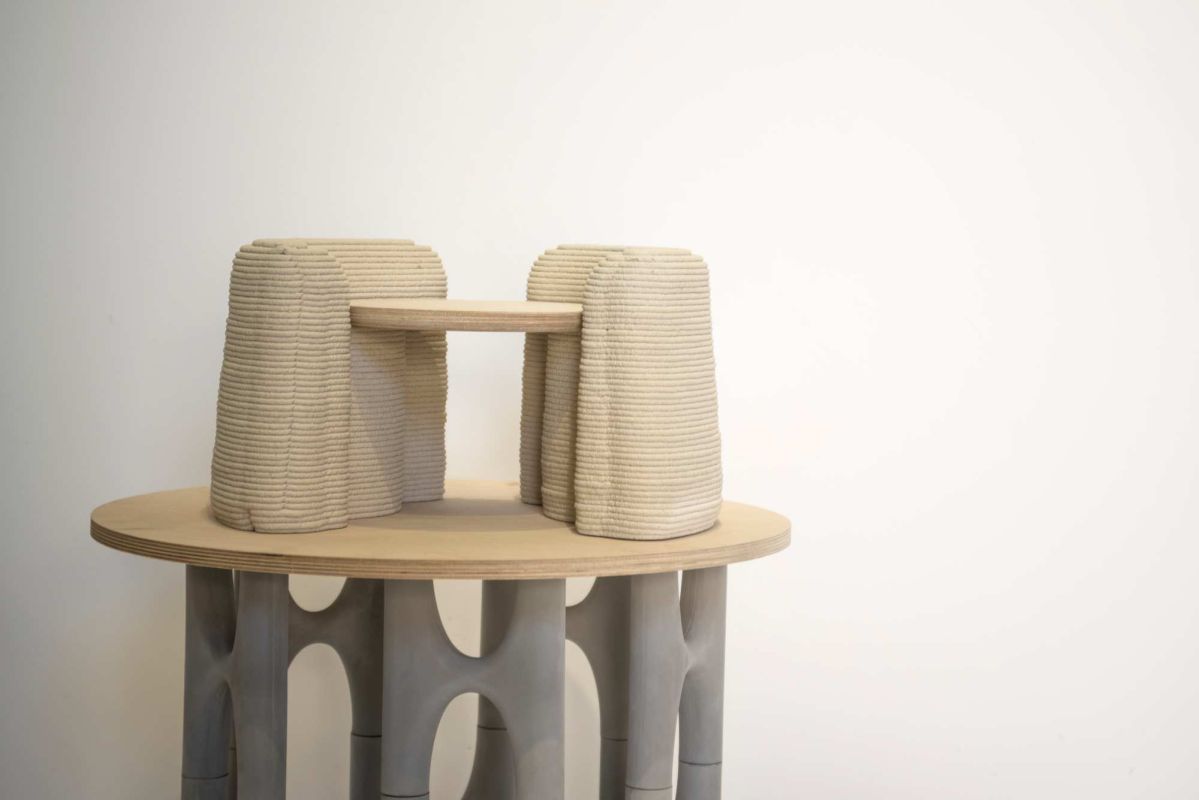Location: C8-1 Young Gallery, Dayi Area, Pier-2 Art Center
Time: Mon.-Thu. 12:00~17:00; Fri.-Sun. 12:00~19:00
The 2022 Taiwan Design Expo series exhibition "Afterlife" took Kaohsiung as the starting point for sustainable design imagination. This exhibition was curated by Dishan Studio and invited domestic and international design companies and creators to take part, including Oui Design, Double Plus Good, ChungHan Lu Lab, HANDS, and Joonas Riisalu.
In this exhibition, the Pier-2 Artist-in-Residence (PAIR) Program also participated in content planning and invited French designer Christopher Kelsall and Ecuadorian designer Jorge Durán to join the event.
During their residency in Kaohsiung, various designers engaged in proposal discussions, sparking mutual inspiration. They also interpreted contemporary issues through two circular material series: Co-crepair and RE:0.
"Afterlife" here refers to the second life of objects; objects and materials should not end up being discarded but should continue their lifecycle and be reintegrated into our daily lives to create higher value. The participating resident designers focused not only on design issues but also on conveying the concepts of circularity and sustainability through innovation and aesthetics, so as to impressively remind individuals to practice circularity and sustainability.
Jorge Durán
La hora del Te
Visiting Taiwan for the first time at our invitation for this event, Jorge Durán stated that the prevalence of Covid-19 collectively paused our lives, giving us a space to rethink and envision new ways of living. So, he set out to design an object that can provide a shared space to interact and question everyday decisions, like how we produce stuff and the impact these choices have on our future.
In this exhibition, he presented a table that could be used for a small tea ceremony, a common ritual shared across different cultures. The object was composed of two elements: the legs and the plate. The legs consisted of two monolith-like 3D printed oyster shells, which contacted the ground and evoked a feeling of heaviness that alluded to the material. As it rose, the shape became slenderer, allowing the viewers to see the texture and the process from the printer. The second element was a circular wooden plate with softened edges that gave the viewers the feeling of a light element floating between two stones. The circular shape allowed the viewers to surround the object and come together. Combined, the legs and the plate were concentric, allowing multiple variations that could provide different apertures and feelings
